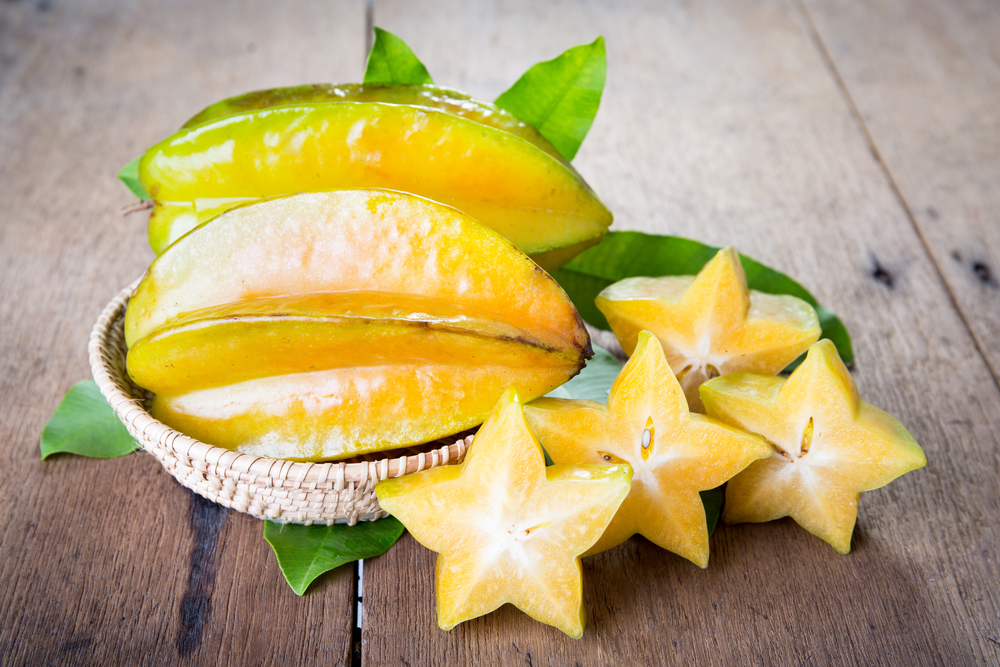
Tradition, Tradition!
The traditions that stand out most on Rosh Hashanah include the sound of the Shofar and the Apples in Honey. Another well known but perhaps not as popular is eating a new fruit on the second evening of Rosh Hashanah. What is the meaning behind these traditions? Today I’ll focus on the new fruit.
New Fruit – The technical. It is a tradition on the second evening of Rosh Hashanah after the Kiddush is recited to make a blessing of Shechiyanu (renewal) on a fruit that one hasn’t eaten in 12 months. The Shechiyanu blessing is recited on an experience that one hasn’t head in 12 months. It gives thanks to G-d for having sustained us and kept us alive until this time and opportunity to experience that which we are celebrating.
Although the idea of renewal represented by the eating of the new fruit is a wonderful, meaningful and sentimental idea, the real origin of the new fruit is actually very technical. All holidays in the diaspora are two days. The reason for this is quite complex and is connected with the way the new month was established in ancient times with the actual sighting of the new moon. (It is beyond the scope of this article to dig into this.) In short, the Jewish month revolves around the cycle of the moon and the moons cycle is approximately 29.5 days and the new month was established by testimony of witnesses who were required to come to Jerusalem. Once the witnesses arrived in Jerusalem and it was determined that the witnesses indeed saw the first crescent of the new month they established it as Rosh Chodesh – the start of the new month. In the diaspora it would take some time for the news to arrive that the Sandhedrin – the High Court had established the day as Rosh Chodesh – the new month. Accordingly, in the diaspora when the respective holidays would come around, we wouldn’t be sure if the day was a regular weekday or an actual holiday (like Pesach or Sukkos). And so, we would observe both days of holiday.
Since Rosh Hashanah is on the first of the month, if the high court waited on witnesses before determining the day as holy, it was possible that the Jewish people would go about their business on the eve of Rosh Hashanah as if it was a regular day and hours into Rosh Hashanah the witnesses would arrive and retroactively determine that Rosh Hashanah had started some hours earlier. Accordingly, even in Israel it was established that the 30th day of Elul (the month prior to the High Holiday month) would be considered the first day of Rosh Hashanah and the 1st day of Tishrai, and the second day (technically either the 1st or the 2nd day of the month of Tishrai) would be the second day.
Spiritually, our Sages say that the two days of Rosh Hashanah are like “one long day” containing one powerful spiritual energy. From a technical Halachic standpoint however, the two days of holiday exist because each one is in doubt as to whether it is the correct day. And so, each day we renew the day independent of the other. On the eve of Rosh Hashanah we say Shechiyanu on the holiday itself during the recitation of the Kiddush or during the lighting of the holiday candles. On the second day we can’t really say the Shechiyanu on the holiday since we already said it on the day before (it’s a form of self contradiction) and so we say it over a new fruit or a new garment.
Of course in every technical aspect of Jewish law we infuse with deep meaning and so eating the new fruit surely symbolizes and should be meditated upon the idea that G-d is renewing for us our Divine energy and as such we have a fresh start and new opportunities in the year ahead.
With blessings for a Shana Tova and a Good Shabbos!
